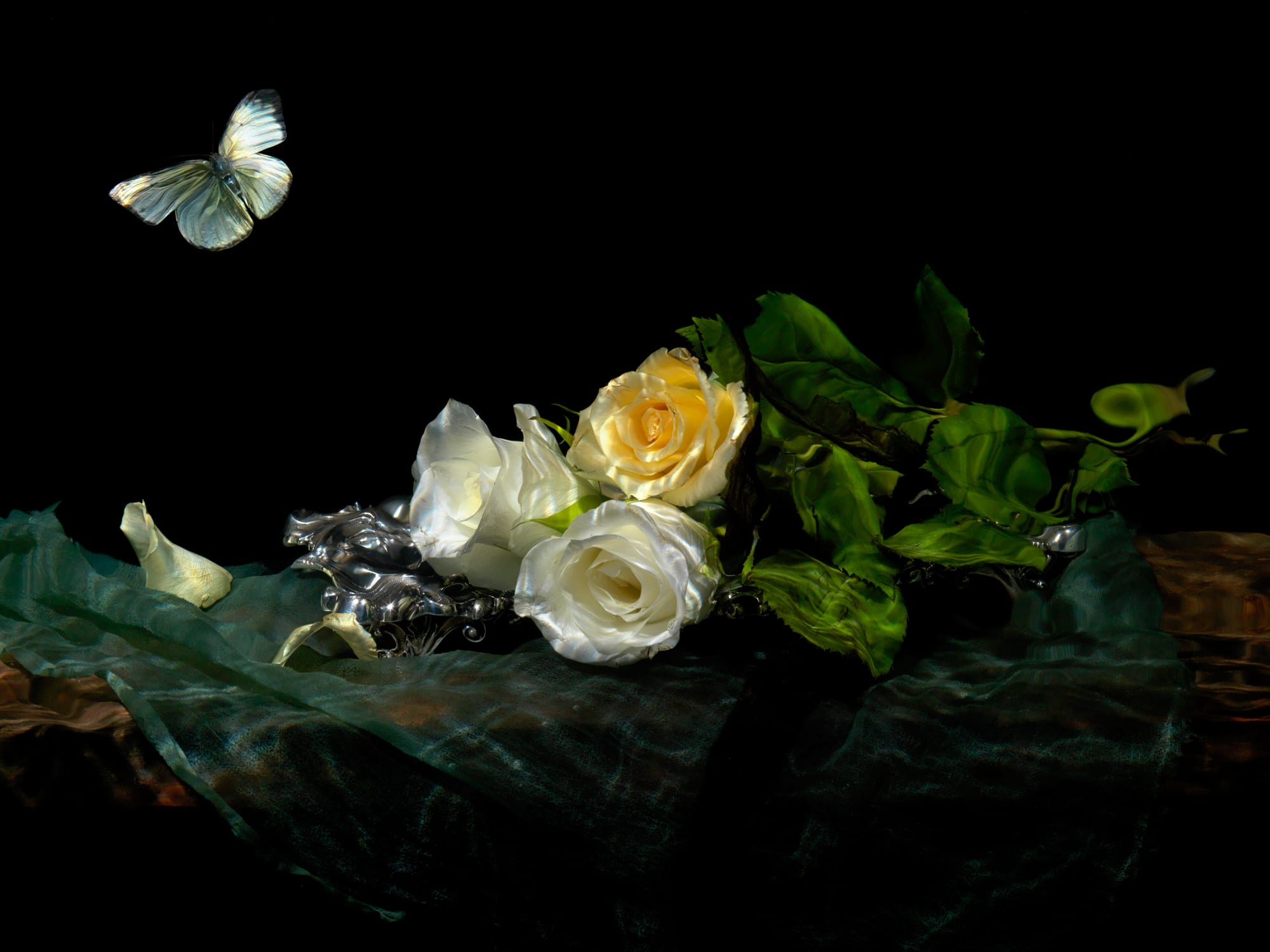Dellasposa x Home House
Past exhibition
Join our mailing list
* denotes required fields
We will process the personal data you have supplied to communicate with you in accordance with our Datenschutz. You can unsubscribe or change your preferences at any time by clicking the link in our emails.


